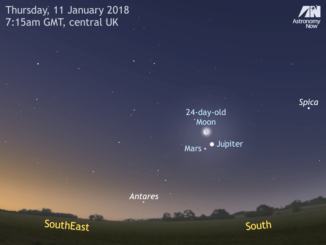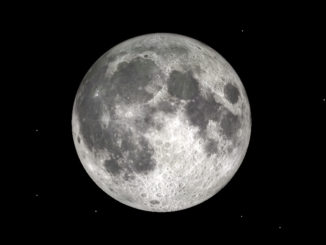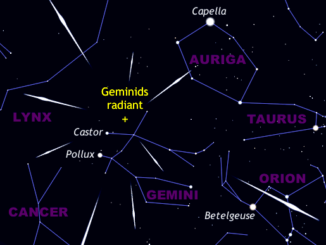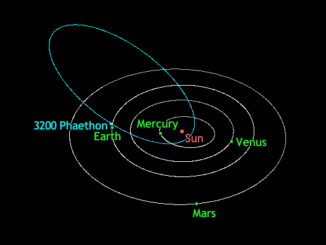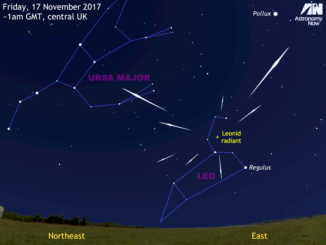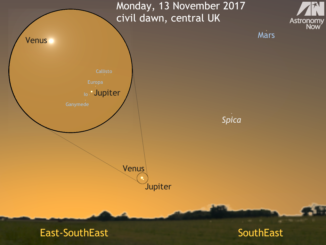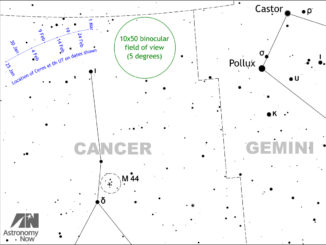
See dwarf planet Ceres at opposition on 31 January
While antipodean observers are enjoying views of the totally eclipsed Blue Moon in Cancer the Crab on the night of 31 January/1 February, Northern Hemisphere observers should look out for magnitude +6.9 1 Ceres at opposition in the northern fringes of the same constellation. The dwarf planet puts on a good show in the dark of the Moon during February.


